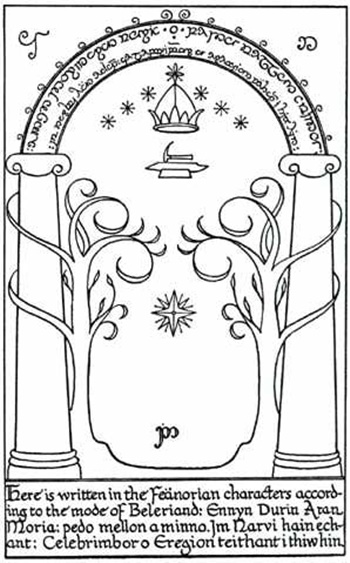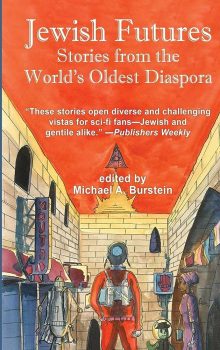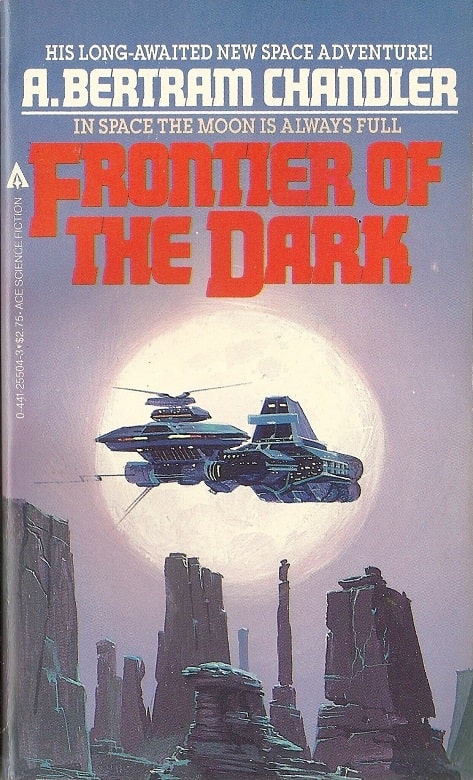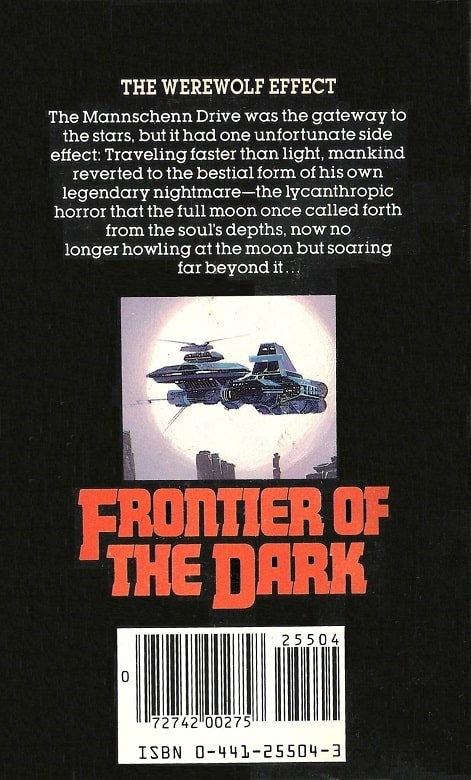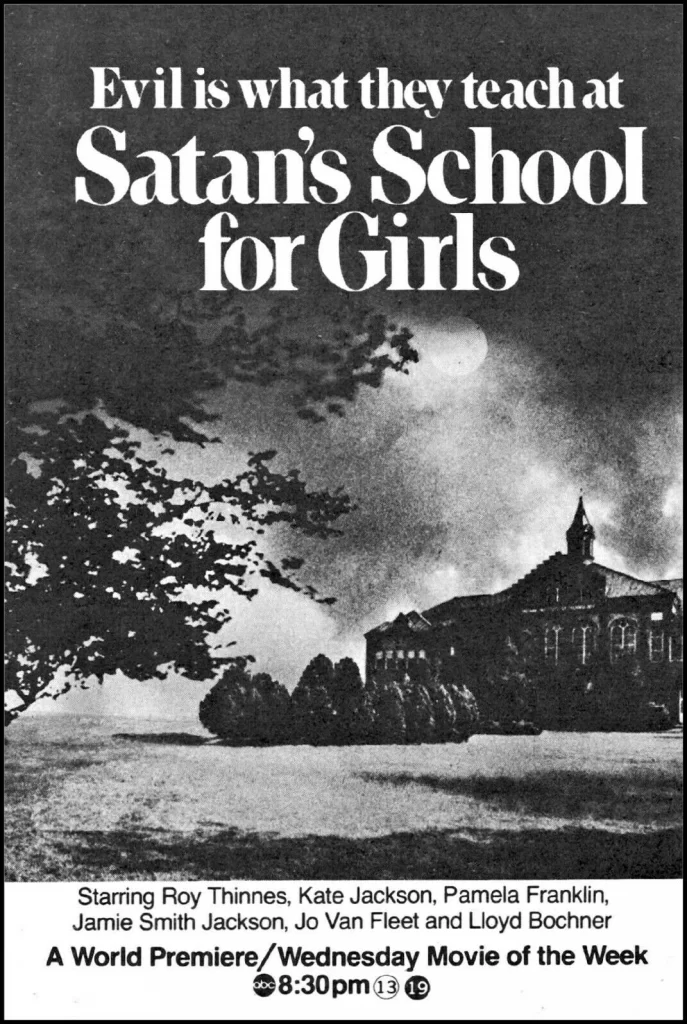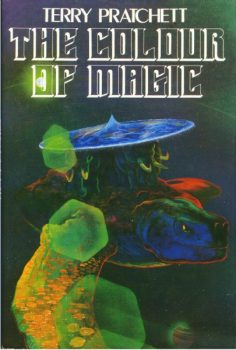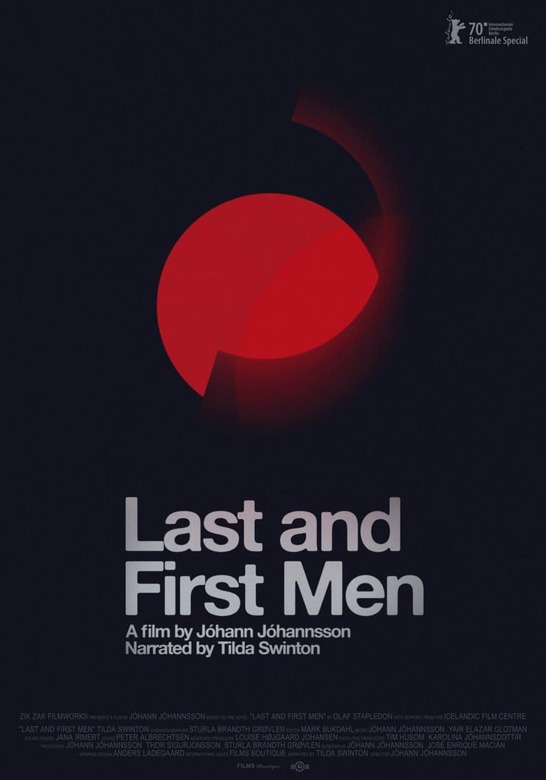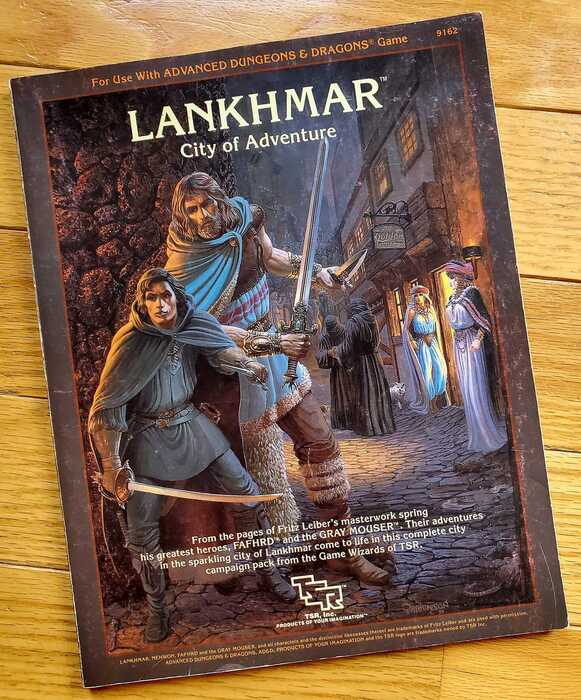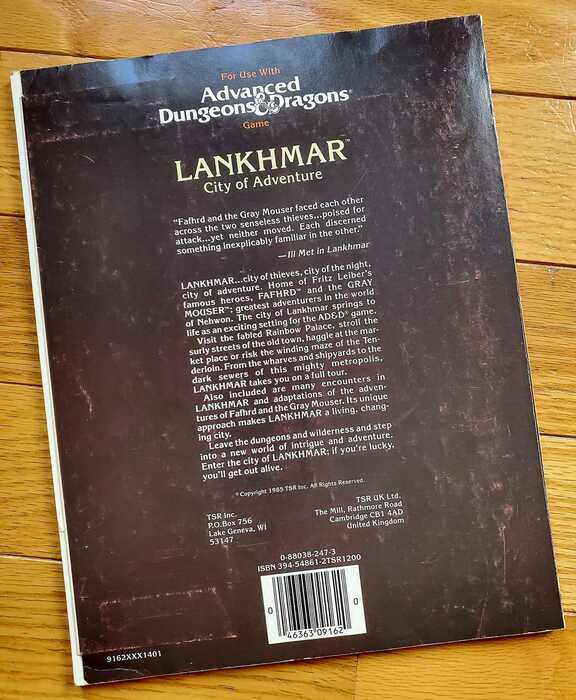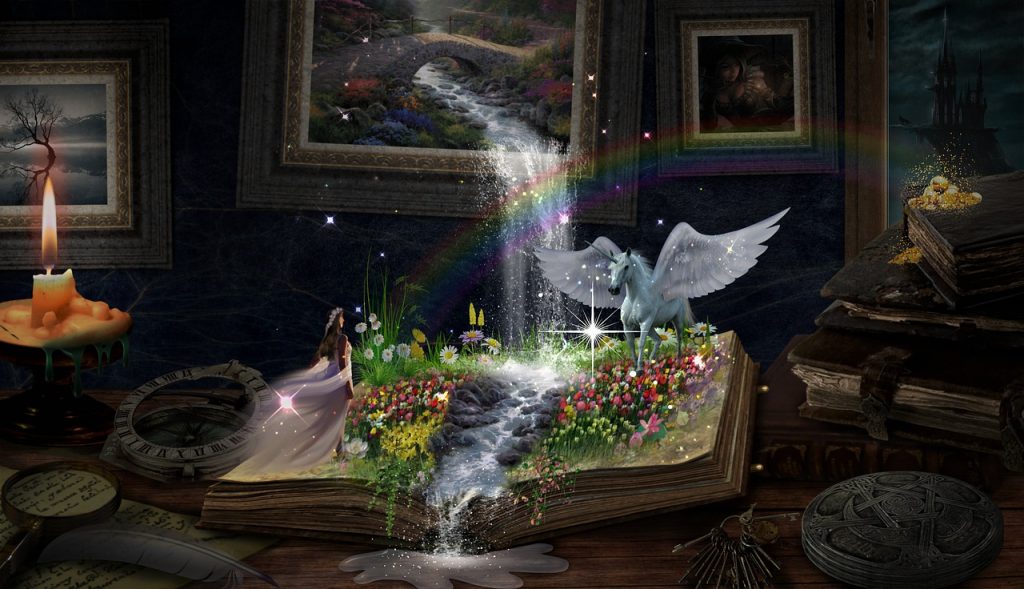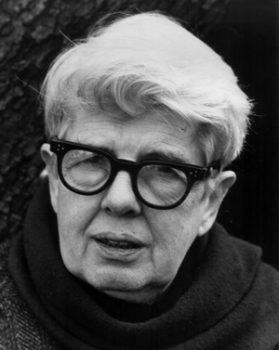Talking Tolkien: Ten Things I Think I Think
It’s time to wrap up Talking Tolkien. And I thought a Tolkien-themed version of Ten Things I Think I Think would be a fun way to do it. So away we go…
READ THE LEGEND OF SIGURD & GUDRUN
I read this last year, and I intend to write an essay on it, but just haven’t fit it in yet. This is a good book. And you can really see the influence it had on Tolkien. It’s as depressing as a Jim Thompson novel, but still well worth reading. I highly recommend it for fans of The Silmarillion.
After finishing this, I tried to read The Story of Kullervo, but it didn’t really work for me. It’s not by Christopher Tolkien, and the way it was laid out, and read, felt different from Sigurd, Gawain, etc. I plan on powering through it, as it was also influential on Tolkien. But I’m not recommending that one, yet. Definitely check out Sigurd.
I WANT A ‘TALES OF MIDDLE EARTH’
I’m not a fan of how the rights holder of Robert E. Howard’s works is handling new fiction. At all. Not just the barren output – but the whole approach (which has been mostly talk so far).
I’d love to see a collection of short stories based on Tolkien elements. Ideally done by people qualified to write in Tolkien’s style (folks who wrote like Dennis L. McKiernan, Andre Norton, Peter S. Beagle, Terry Brooks – not just big-names to put on the cover).
